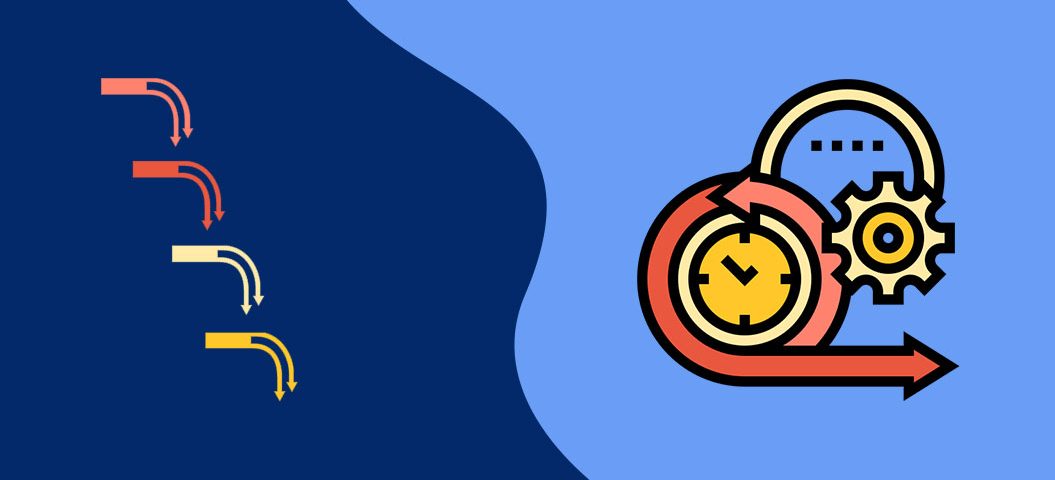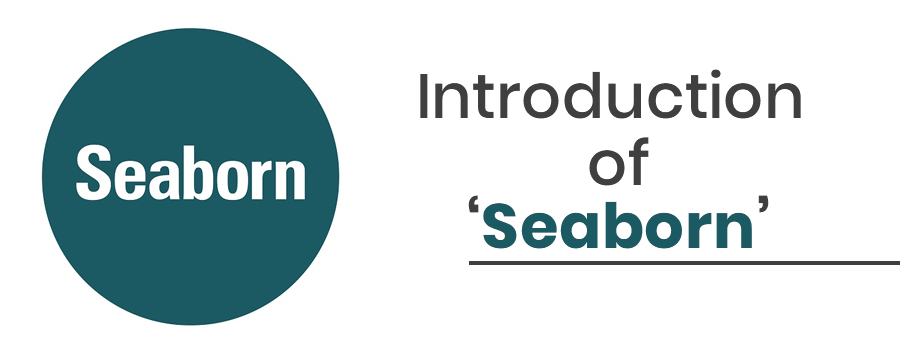
Seaborn
10th November 2020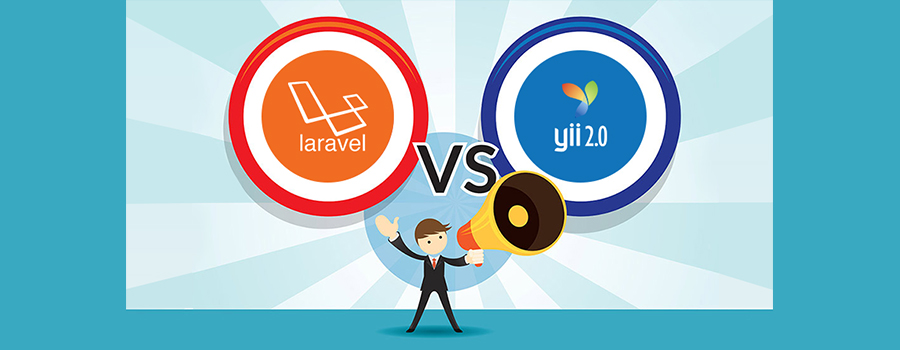
LARAVEL VS YII: WHICH ONE IS BETTER
24th November 2020The dilemma of choosing the right development methodology is the same with software development teams and entrepreneurs who are always looking out for the right development approach for different projects and businesses.
But before digging into the dissimilarities, let us have a closure look at what they are and their strengths and weaknesses.
WHAT IS AGILE METHODOLOGY?
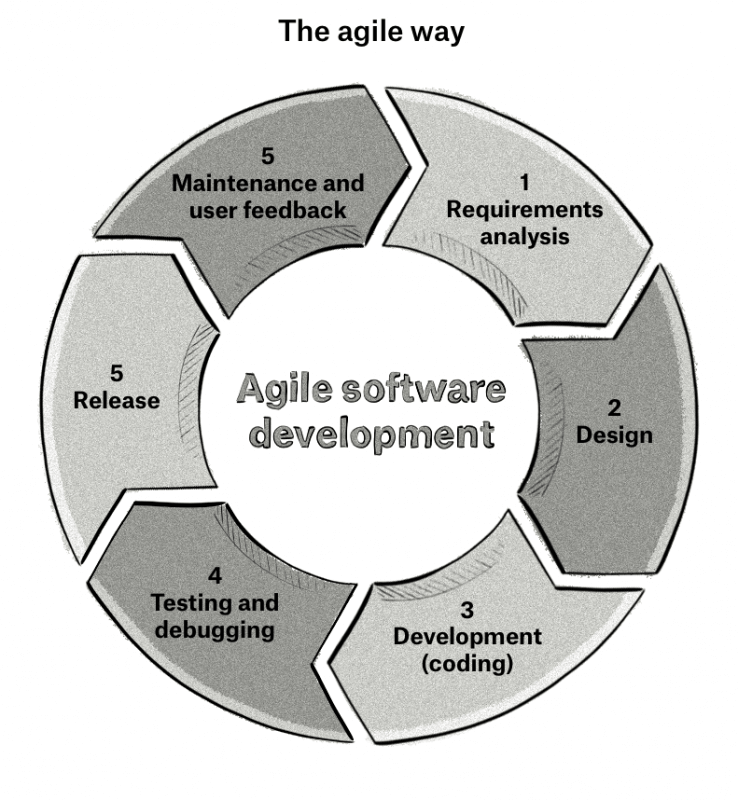
Agile methodology focuses on the continuous iteration of development and testing during the entire software development process. This form of SDLC model increases communication among clients, developers, and testers.
The software development approach was developed by Scott Ambler during the autumn of 2000. Though initially dubbed Extreme Modelling (XM) was later renamed as Agile Modelling at the suggestion made by Robert Cecil Martin.
The Agile approach is an iterative and team-based approach to software development. It is a distinct type of Rapid Application Development (RAD) Model. A relatively newer software development model as when one compared to the classic Waterfall Model.
When you opt for an Agile based development approach, your project is divided, time-boxed, into phases called sprints. Every sprint encompasses a defined duration, typically, in weeks, with a list of deliverables that were planned during the start of the sprint.
The deliverables are prioritized in terms of the business value which is determined by none other than the client(s). The Agile methodology conforms subsequently to a high level of customer involvement throughout the entire software development process.
There will be cases when the planned work for a particular sprint can’t be completed for some reason(s), then, in that case, the entire work will be reprioritized while the information gained is used for the upcoming sprint planning.
The entire completed work is evaluated and reviewed by both the project development team and the client. This will be done through daily builds as well as end-of-sprint demos.
WHAT ARE THE PROS AND CONS IF YOU OPT-OUT FOR AGILE SOFTWARE DEVELOPMENT METHODOLOGY?
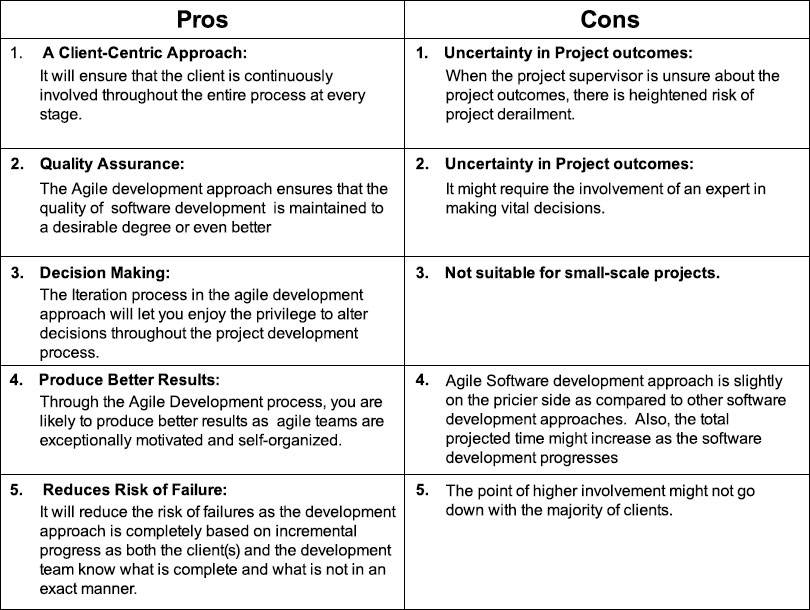
WHAT DO YOU UNDERSTAND BY THE WATERFALL SOFTWARE DEVELOPMENT APPROACH?

Waterfall, also known as the traditional approach to software development, the waterfall model follows a linear approach to software development. Because of this, it is also known as the Linear-Sequential Life Cycle Model.
The first description of the Waterfall model was deprived of the word Waterfall, which was first cited in the feature article by Winston W. Royce in 1970.
However, it is in the year 1976 in which a paper by Bell and Thayer is believed to feature the term Waterfall for the very first time.
The Waterfall Model follows a sequential approach, hence the project development team can only move on to the next stage if the previous phase achieves successful completion.
WHAT ARE THE PROS AND CONS IF YOU OPT-OUT FOR THE WATERFALL SOFTWARE DEVELOPMENT METHODOLOGY?
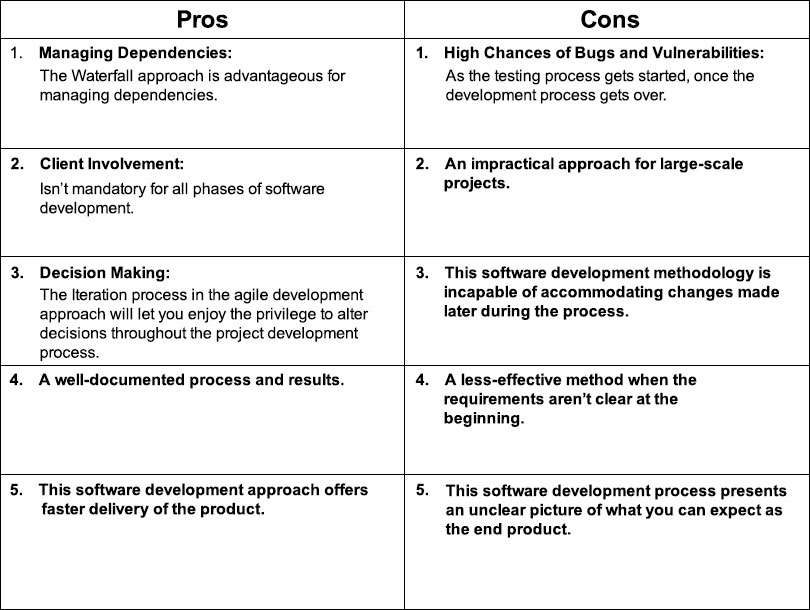
AGILE VS WATERFALL: THE ULTIMATE FACE-OFF:
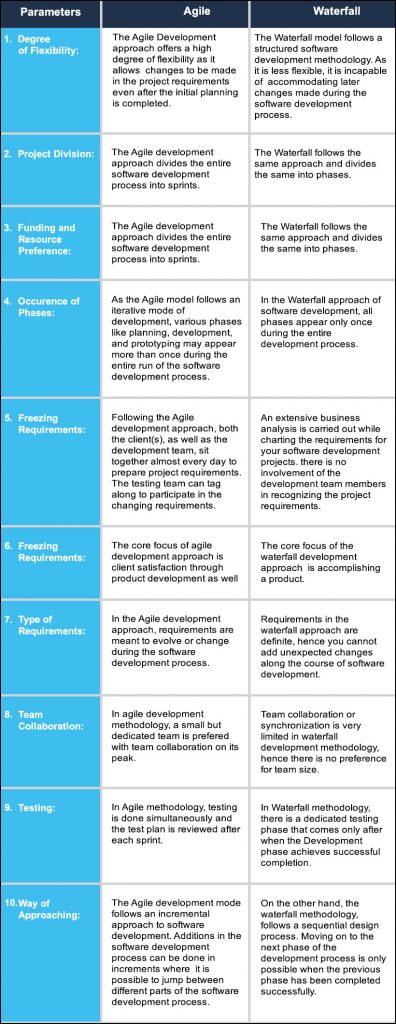
CONCLUSION:
Agile and Waterfall development methodologies are distinct forms of software development methodologies.
So, if you have a software development project that has evolving or uncertain requirements, then it is ideal for you to use the Agile methodology. On the other hand, if you have smaller software development projects with definite requirements, then you can find the Waterfall model to be your best pick.
We hope that the aforementioned comparison will make it easy for you to make a selection among the two popular SDLC models.


